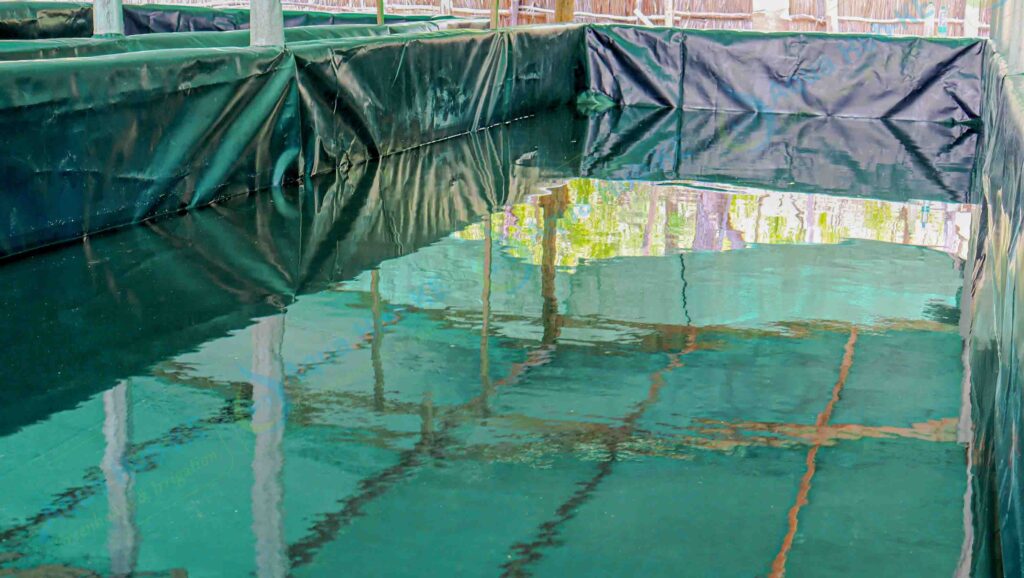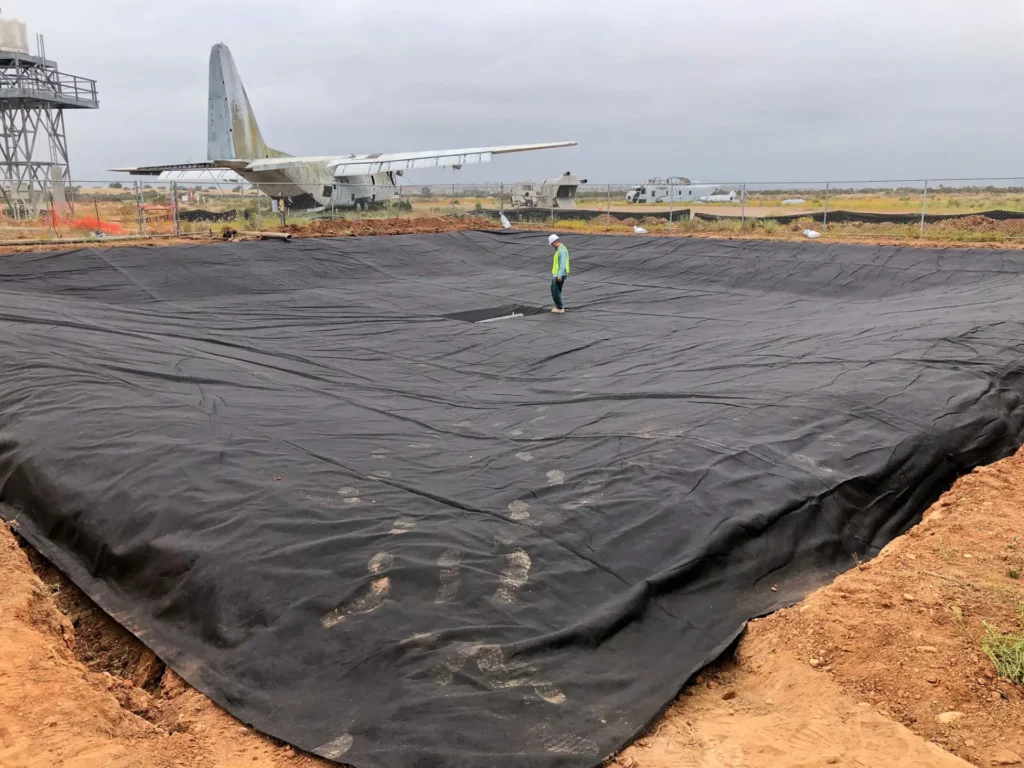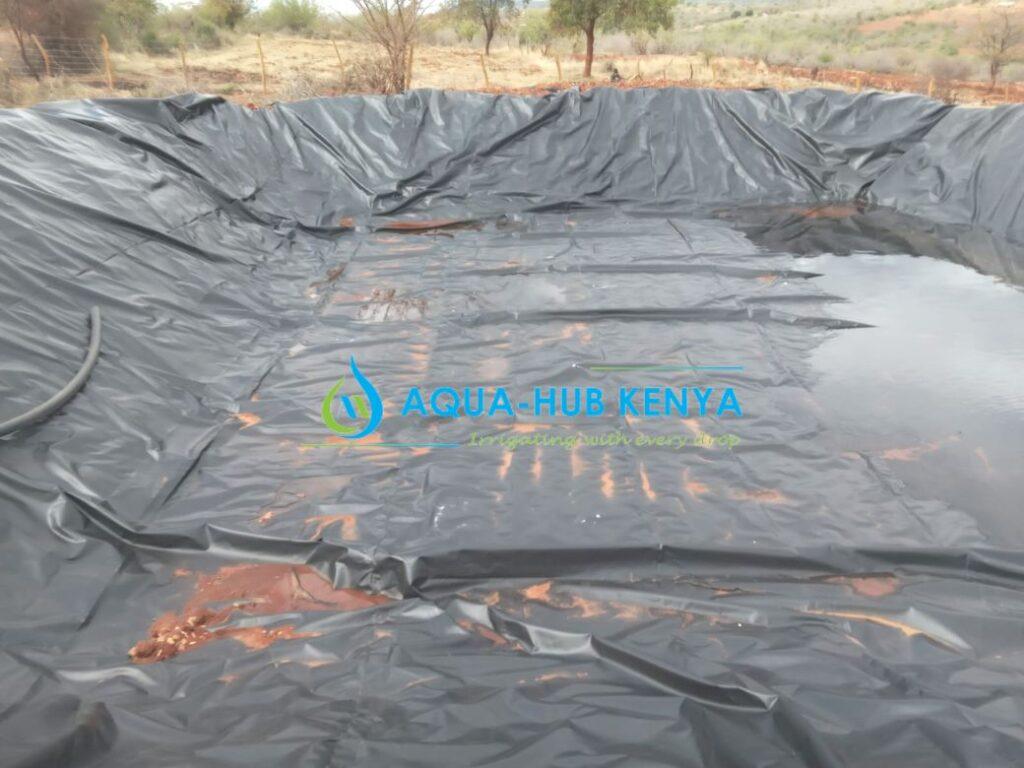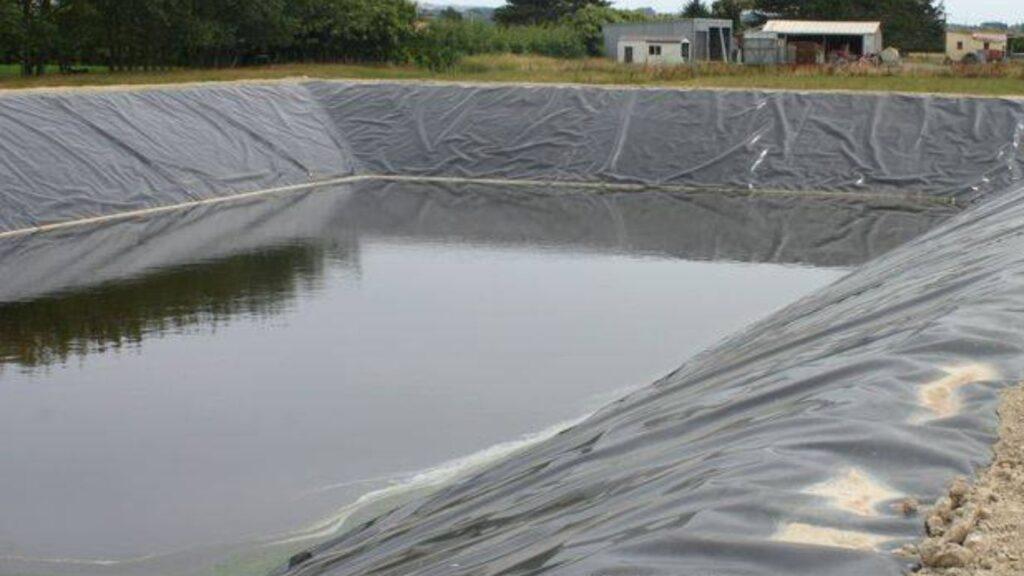Best Dam Liner in Kenya for Water Needs
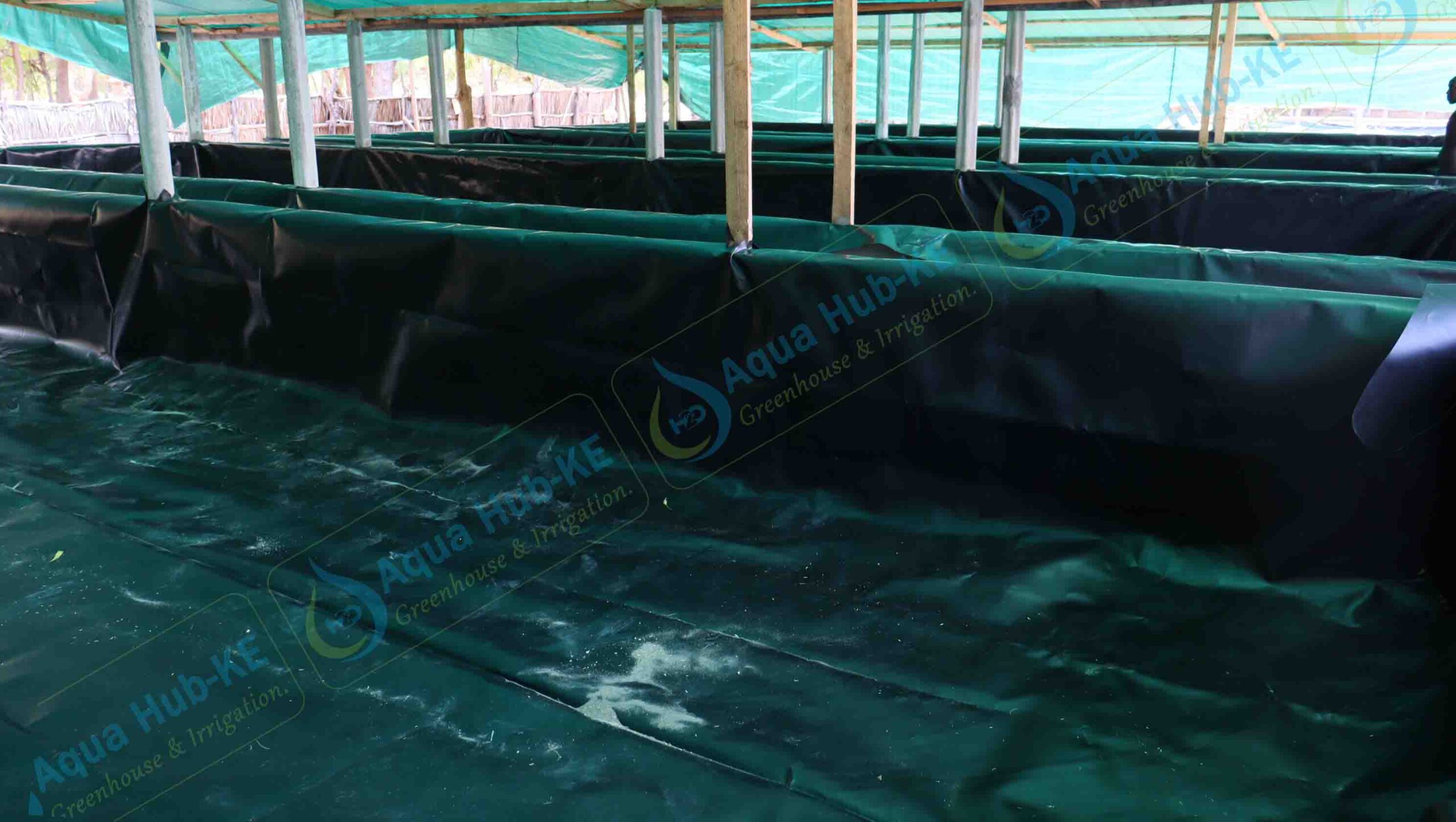
Aqua Hub Kenya is the ideal supplier of the best dam liners in Kenya and East Africa for water storage and pond lining.
We deal with both high and low-density dam liners designed for a wide range of water containment applications.
Our dam liners are the best high-density polythene materials known for their resistance to UV radiation.
Dam Liners for Irrigation in Kenya
Wondering which material to use for your water containment purposes? Worry no more but visit or contact the popular supplier in Nairobi (Aqua Hub Kenya).
They are reliable and conduct sales on orders or face-to-face sales.
Call: 0790719020
Cost of Dam Liner in Kenya
Dam Liners are sold at various prices in Kenya depending on the thickness sizes.
|
Size(mm) |
Cost (KES) |
|
0.3 mm |
150 |
|
0.5 mm |
220 |
|
0.75 mm |
330 |
|
1 mm |
450 |
NB: Our prices are subject to change from time to time as per the market demand and supply factors.
Always contact us for Current prices on:
Contact 0790719020
What is a Dam Liner?
A dam liner is a hard plastic material designed from High-Density Polyethylene (HDPE), Polyvinylchloride (PVC), or Low-Density Polyethylene (LDPE) compounds.
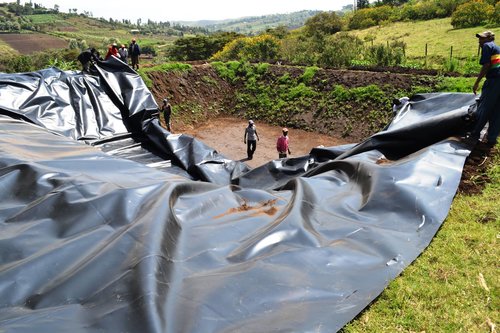
Dam liner Specifications
Dam liner thickness (Gauge)
The thickness or gauge of the dam liner is the size of the layer of the material in microns or mm. Our liners are available in four different thickness sizes including 0.3 mm, 0.5 mm, 0.75 mm and 1 mm.
Standard Dimensions
The standard measurements of the dam liner roll in Kenya or full material is 8 x 100M.
What are the Different Types of Dam Liners?
HDPE Dam Liners: These are the most common types of liners, for heavy-duty applications. They are hard, strong, and suitable for handling large water volumes in dams, treatment plants, water pans, and concrete tanks.
PVC Liners: PVC dam liners are for lax applications such as lining pools, fishponds, and raised water towers.
LDPE Liners: Low-density Polyethylene liners are economical in cost. Alternative for HDPE dam liners as it can suit less critical applications such as domestic water containment and construction sites.
Can I Harvest water without a Dam Liner?
Water can be collected without the use of a dam liner in Kenya, but the pool of water will not remain for a long time.
Dam liners keep the water in your dam available for a long time, it does not leak provided it is installed properly.
It is becoming essential for communities in areas with water shortages to use a dam liner to store water for irrigation farming in Kenya
Which Dam Liner for Fishponds?
Fishponds are also lined using a dam liner since the goal is to keep water to enhance fish rearing in Kenya.
You can lay a 0.3 mm or 0.5 mm dam liner on your fishpond, works well and is both durable and well. They are flexible and easy to install compared to thicker sizes such as 1 mm dam liners.
Which regions requires Dam Liner use in Kenya?
Dam liners are applicable in all parts of the country for various requirements including farming, fish rearing, and water storage.
In Kenya, arid areas such as Marsabit, Wajir, and Mandera, dam liners are commonly used to store water for community and domestic use. These areas are drought prone and contain highly permeable sand soils which rarely keep water.
Steps for Dam Liner Installation in Kenya
Site Preparation: Prepare the dam or excavation before the material is installed to prevent any surface damage during the fitting process. Clear the area and take appropriate measurements.
Excavation of the Water Pan: Digging and designing the area to store the water whether a dam or water pan.
Smoothen the Surfaces of the Dam: It is best to smoothen the ground surface before you mount the dam liner to safeguard it from sharp roots or rocks.
Unpacking and laying the liner: You first must unroll the dam liner and stretch it to cover the entire surface of the reservoir.
Welding or joining the liner: for water pans with irregular shapes, the liner needs to be cut and connected through welding.
Anchoring and Securing: after laying and stretching the dam liner to cover all surfaces, tuck it into the trenches and bury it to remain anchored on the soil.
Fill it with water: Pump water into the dam to test whether all surfaces are waterproof.
Advantages of Dam Liners in Kenya?
- Long Shelf Life: HDPE dam liners are durable for a long time; they can operate for 25 – 50 years while still in good condition.
- Wide Range of water applications: Our HDPE dam liners support water collection for farm use, animal consumption, or domestic utilization.
- Resistance to Environmental Damage: HDPE Dam liners can withstand heavy ultraviolet radiation.
- Good for covering mines and other dangerous industrial works.
- Our liners can be designed for concrete tank waterproofing and lining cylindrical or square tanks.
- Zero Environmental Pollution: Due to their plastic non-biodegradable form, they are non-reactive and thus non-pollutant to the environment.
Maintenance of the Dam Liner in Kenya
- Checking the water levels frequently is an important measure to ensure your liner is still waterproof.
- Removing accumulated debris to keep the material durable.

